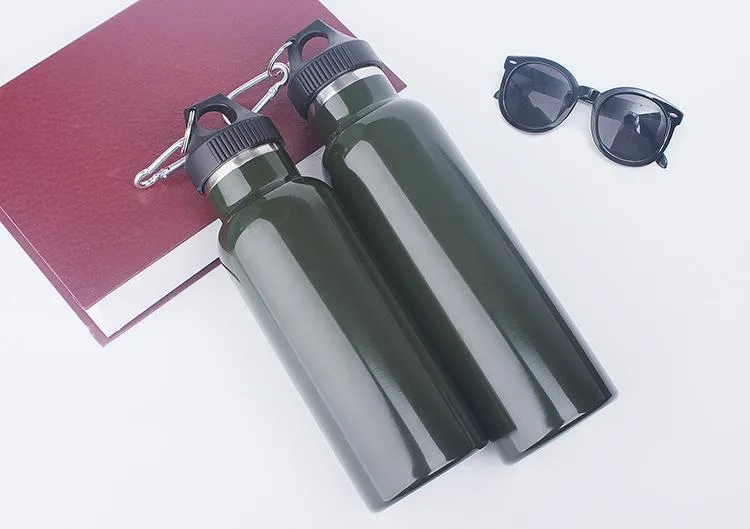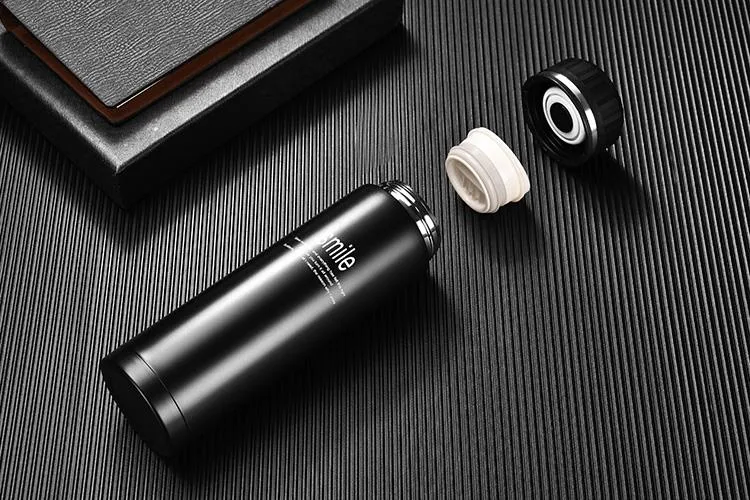Water is the source of life!
Mankind pursues the flow of water resources to multiply and thrive on both sides of the river. The brilliant sparks of culture and wisdom have become more and more brilliant in the historical years. From pottery to porcelain, and now all kinds of material containers, drinking water is no longer so simple! As a drinking water container, insulated water bottle has been popular with more and more people for its unique long-term thermal insulation performance since it came into the market. But did we really choose the right insulated water bottle?
Misconception 1: The heavier the bottle, the better
Many people think that the material thickness of the insulated water bottle has a great influence on the insulation effect of the insulated water bottle. They think that the thicker the heat is, the less easy it is to lose. So when choosing to buy, they will compare the weight of each other in their hands and choose which one. In fact, such a choice idea is incorrect. The material of the insulated water bottle, especially the inner liner, is actually thinner and better, because there is a vacuum layer between the inner liner and the outer liner, which insulates the heat conduction of air. So the loss of heat is the heat transfer between hot water and the inner wall of the gallbladder. The thicker the inner wall of the tank, the more hot water temperature is lost, which means the less heat preservation.
Misconception 2: Time of heat preservation
When many buyers consult, they will ask how long the product can keep warm. To some extent, this is not a rigorous problem. For example: after 8 hours, the water temperature is 50 ℃, and after 10 hours, the water temperature is 45 ℃. Should the holding time be 8 hours or 10 hours?
The insulation time of insulated water bottle is mainly related to three factors: capacity, diameter of cup mouth and whether there is plug or not. Therefore, when purchasing, the buyer asks the relevant product parameters as clearly as possible and compares them before purchasing.
Misconception 3: Distinguishing with Magnets
Magnets can absorb steel, which is a common idea, but is that true? At present, stainless steel is an iron and steel alloy, which contains many elements, such as nickel, which can not be absorbed by magnets. The austenitic stainless steel used in good insulated water bottles can not be absorbed by magnets. Some of the materials can not be absorbed after demagnetization. Therefore, it is not rigorous and scientific to identify stainless steel materials only with magnets.



